Theodore Decker: Amid suburban hustle and bustle, early U.S. veterans to be honored
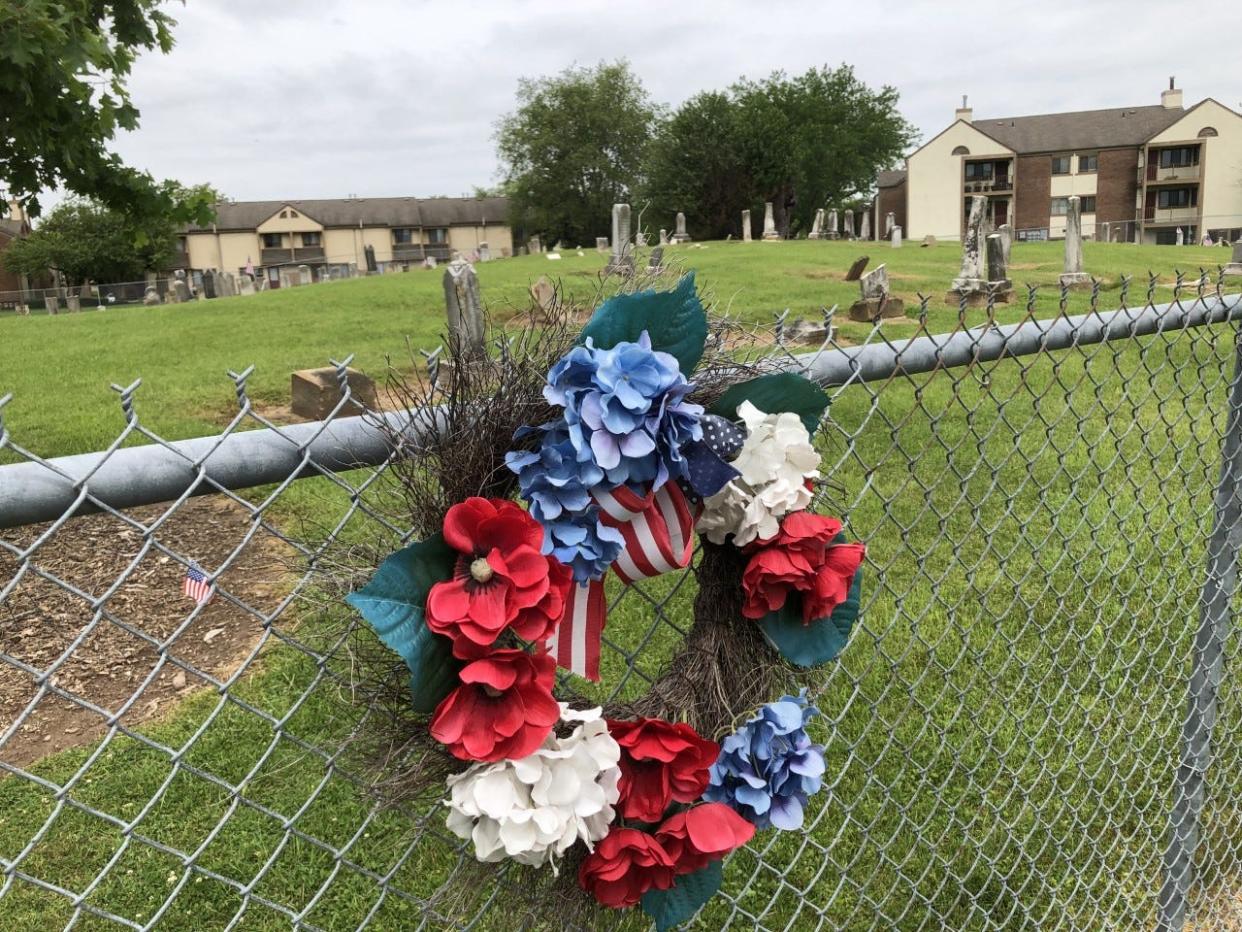
Behind a row of shops on Route 256 in Reynoldsburg, past the coincidentally patriotic dumpsters of BIBIBOP Asian Grill — one is blue, two are red, all three have white lettering -- are the graves of 12 soldiers who fought in four wars dating back to the American Revolution.
Their graves are among about 300 on this acre of land now smack in the middle of suburban sprawl, squeezed by the shops to the east, Blacklick Woods Golf Course to the south, and an apartment complex to the west and north.
The cemetery is Reynoldsburg's oldest, but of the hundreds of drivers streaming past on Route 256, few likely know it exists. The only indication of its location on the major thoroughfare hangs high on a light pole at the entrance to the retail plaza; a small brown sign reads, "Historical 1819 Seceder Cemetery Behind Shops."
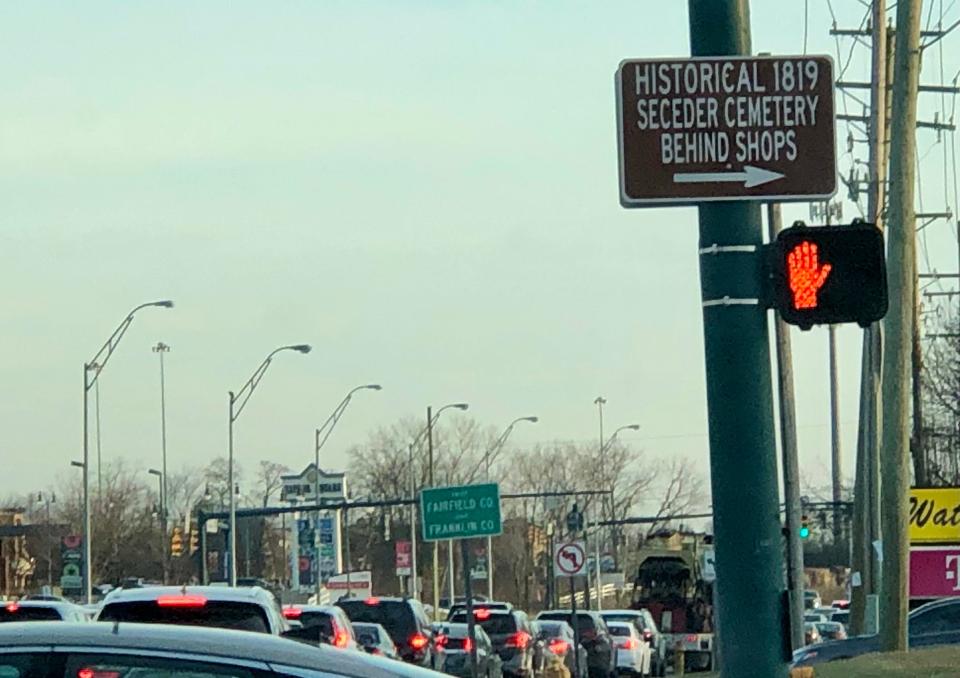
Why veterans, lovers of history gather at Seceder Cemetery each year to pay respects
But on every Memorial Day a small but loyal group, largely veterans and lovers of local history, gather at the Seceder Cemetery to pay their respects.
Memorial Day: Exhibits at National Veterans memorial highlight Greater Columbus offerings
"They do a short little service and then a gun salute," said Mary Turner Stoots, president of the Reynoldsburg-Truro Historical Society. "The crowd gets a little bit bigger every year. It's good to honor these people."
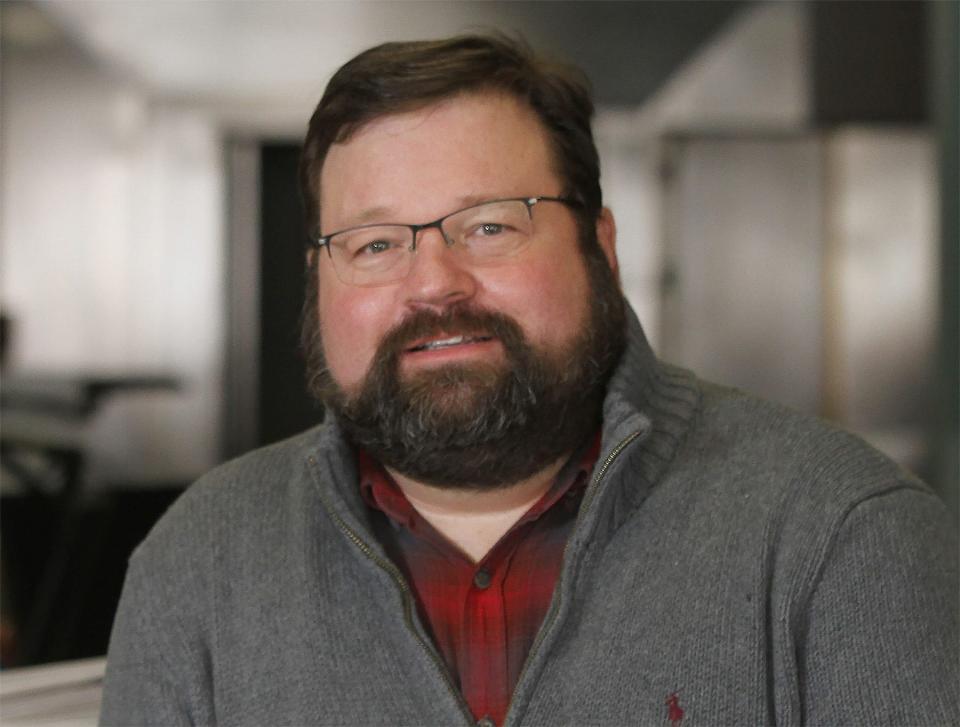
The history of the Seceders
In her book, "History of Reynoldsburg Ohio Illustrated," author Cornelia M. Parkinson wrote that the Seceders were a group of Scotch-Irish Presbyterians who came to America in 1765.
"They were known as Seceders because they had split off from the main Presbyterian body," Parkinson wrote. "In the late 1790s they came to Ohio, and about 1802 settled in the Five Points area," an intersection that still exists just to the north of the cemetery, where East Livingston Avenue meets with Route 256 and Graham Road.
Westerville memorial: Westerville's veterans memorial to offer place of reflection, inspiration, storytelling
According to Parkinson's book, "John Logan deeded to the elders of Secession Church one acre, 'all that piece of land called the Grave yard . . . for the purpose of burying the dead."
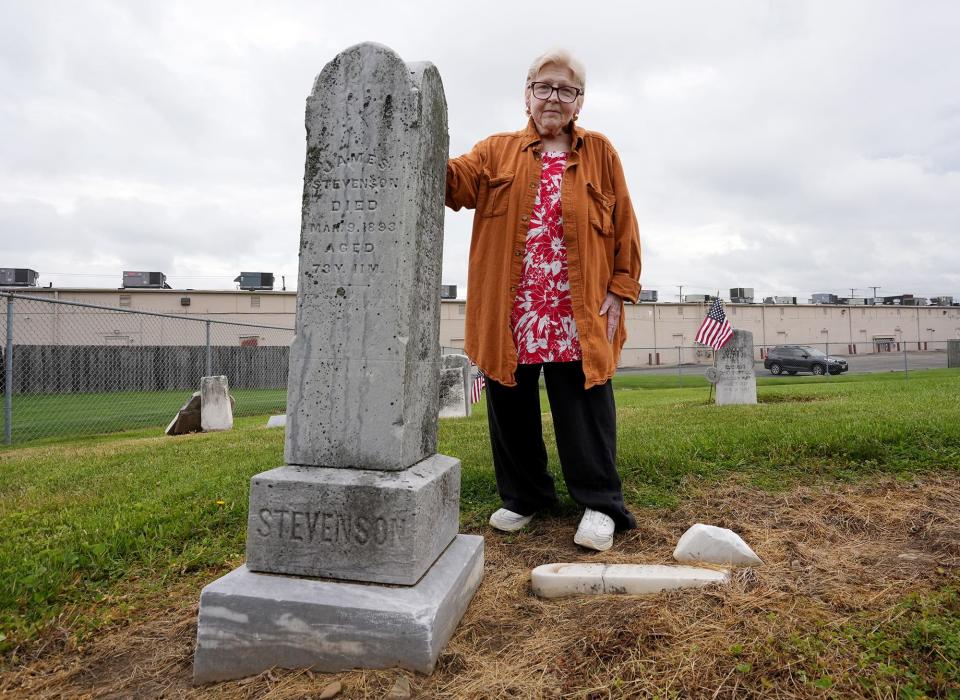
Burials in the cemetery range from 1818 to 1933.
Of the 12 veterans buried there, five fought in the Revolutionary War, two in the War of 1812, one in the Mexican War and four in the Civil War.
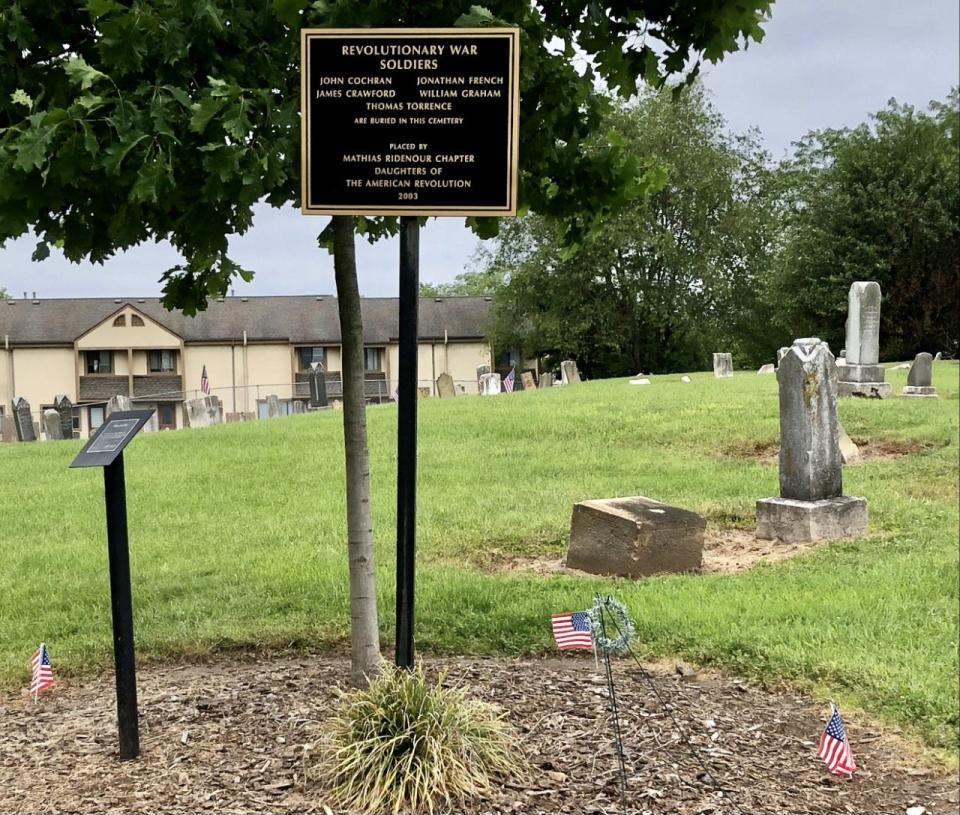
Sharing the history of Seceder Cemetery
Diana Morse, a one-time naturalist at nearby Blacklick Woods Metro Park, led annual tours of the cemetery for 26 years, until her retirement in 2015. She had inherited the job from the park's previous naturalist.
"It's not easy to find," she said. "I drove by it several times trying to figure out how to get back to it."
Back then, Morse said, the tours had been held around Halloween. Shortly after she took over, a Civil War preservation group spruced up the veterans' graves, prompting Morse to change the tenor of the tours and move them closer to the Veterans and Memorial Day holidays.
"That (restoration) really did help focus it more," she said.
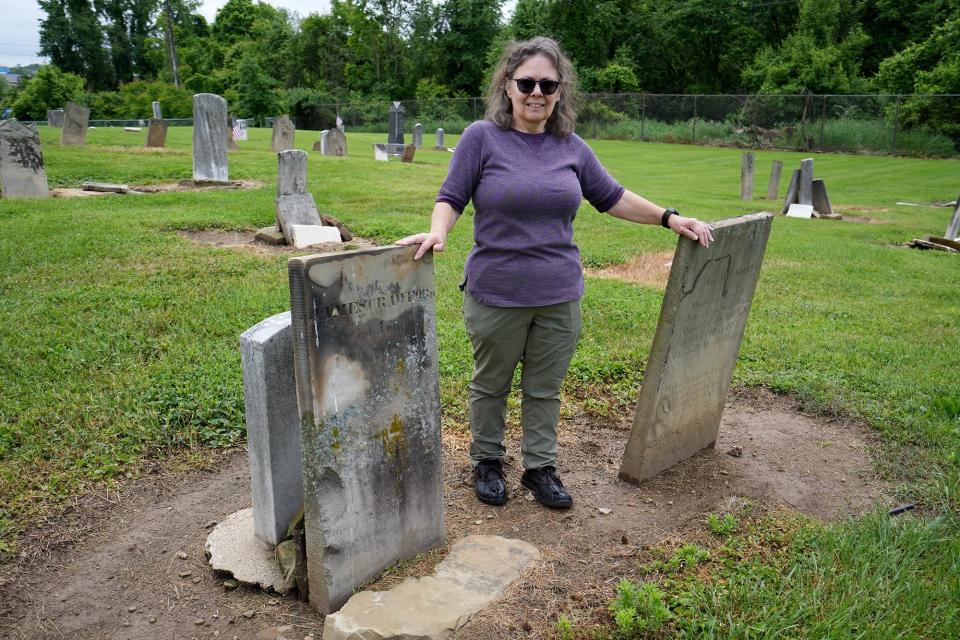
Her favorite graves are those of James and Martha Crawford, who married on July 4, 1776. The couple came from Nova Scotia and sympathized with the colonies. James joined the military, and the family settled in central Ohio after the Revolutionary War.
Stories from the ill-fated 95th Ohio Voluntary Infantry
Among the Civil War dead are two men from the ill-fated 95th Ohio Voluntary Infantry. That regiment mustered in at Camp Chase in August 1862, only for most of the soldiers to be captured days later in a bloody battle at Richmond, Kentucky, in which Union forces were greatly outnumbered.
R.M. McCullough died on Oct. 21, 1862, after his return from Richmond, likely from wounds he suffered in the battle or from disease he may have caught while held prisoner.
The other soldier from the 95th Ohio was John Taylor. He either eluded capture at Richmond or was paroled after the battle, only to be killed at the Battle of Vicksburg, an important Union victory that led to control of the Mississippi River.
Another Civil War veteran buried at Seceder Cemetery is George Stebout, a soldier who fought with the 5th U.S. Colored Infantry. He is depicted in a historical mural honoring veterans that is painted on the side of a Main Street building in Reynoldsburg.
Stories like these, and the cemetery itself, remain unknown to many residents of the area. Even with her love of local history, Stoots didn't know for a long time that her great-great-grandfather is among those buried there.
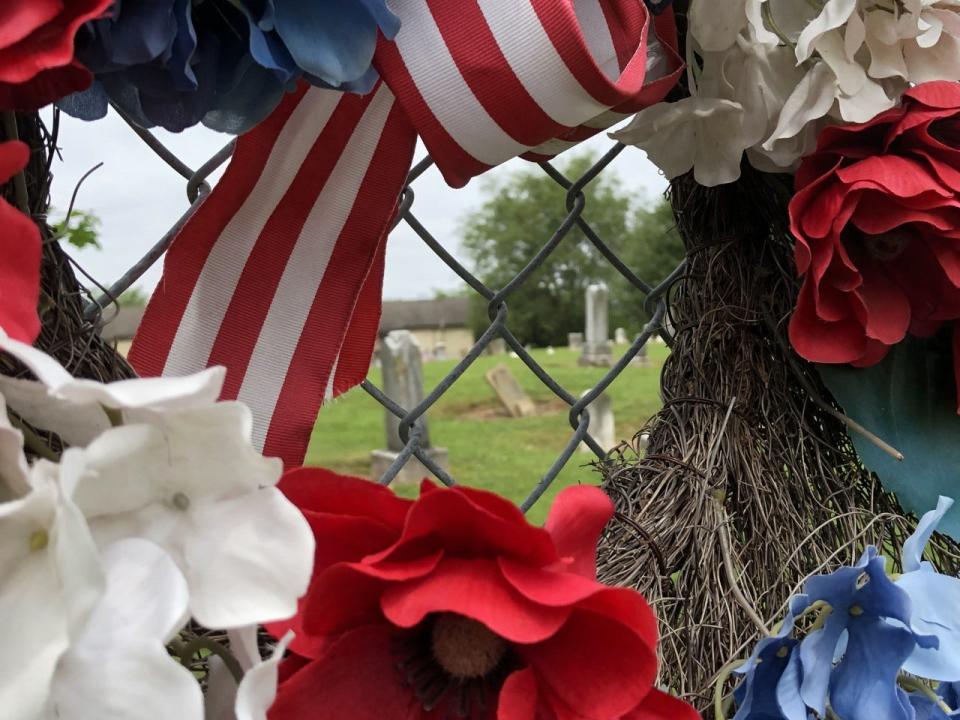
This Memorial Day, veterans from the local VFW post will conduct their service at 10 a.m., Stoots said. Representatives of the local chapter of the Daughters of the American Revolution will be there too, and the public is welcome.
"There's usually about 15 or 20 people who go," Stoots said. She takes the continued interest in the event as a good sign.
Morse said the cemetery's obscurity is part blessing and part curse. Its out-of-the-way location has spared it from the vandalism that plagues better-known cemeteries. But with so few people aware of it, the cemetery also is a little rough around the edges and is showing its age.
"It kind of needs a friend," Morse said.
Such history is worth saving, Stoots said.
"There's quite a few heroes behind those shops," she said.
This article originally appeared on The Columbus Dispatch: Memorial Day: Early U.S. vets buried in hidden Reynoldsburg cemetery

